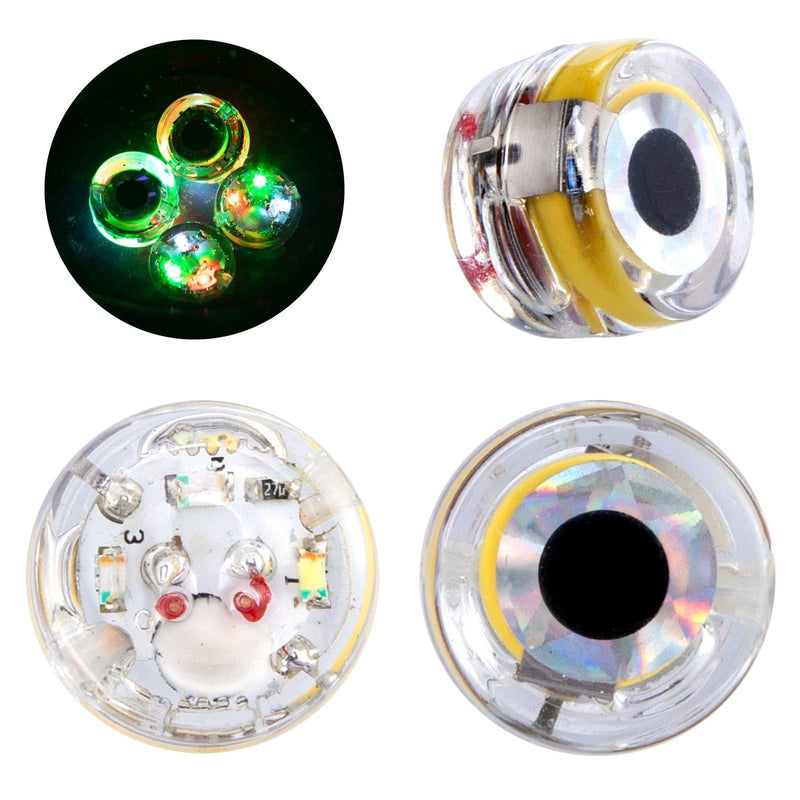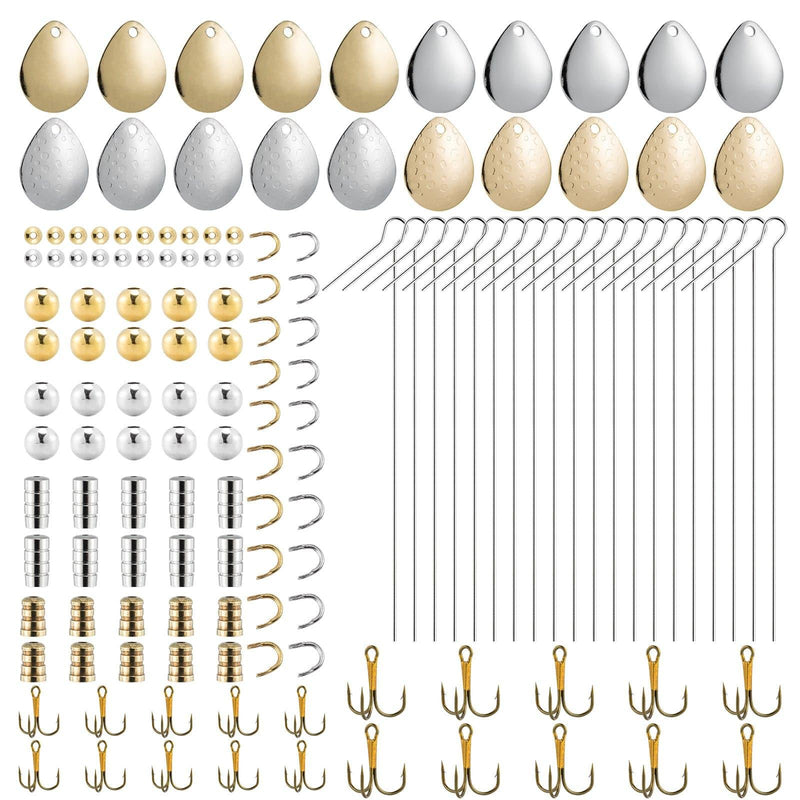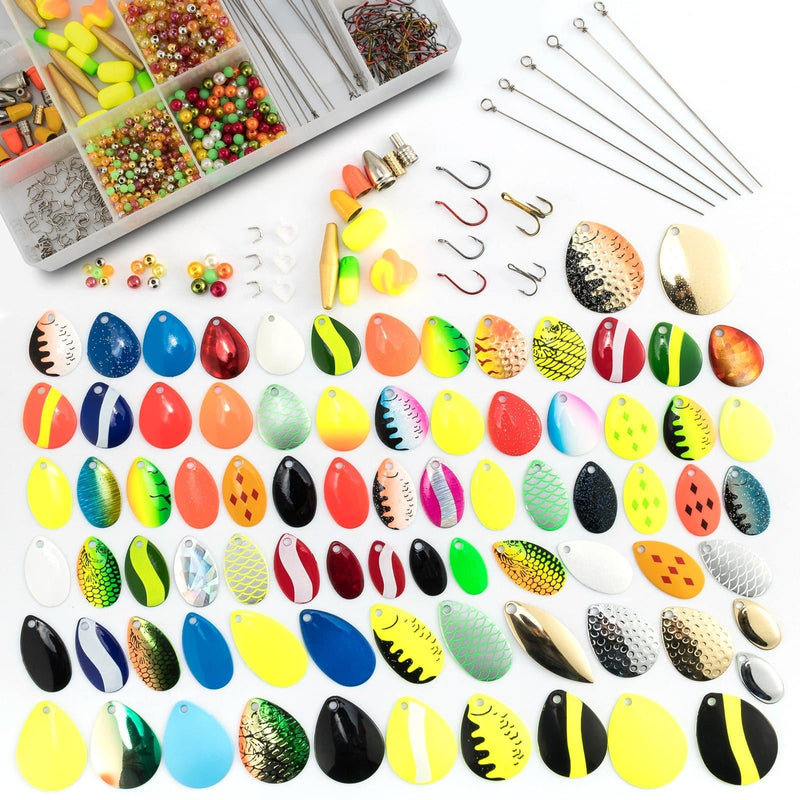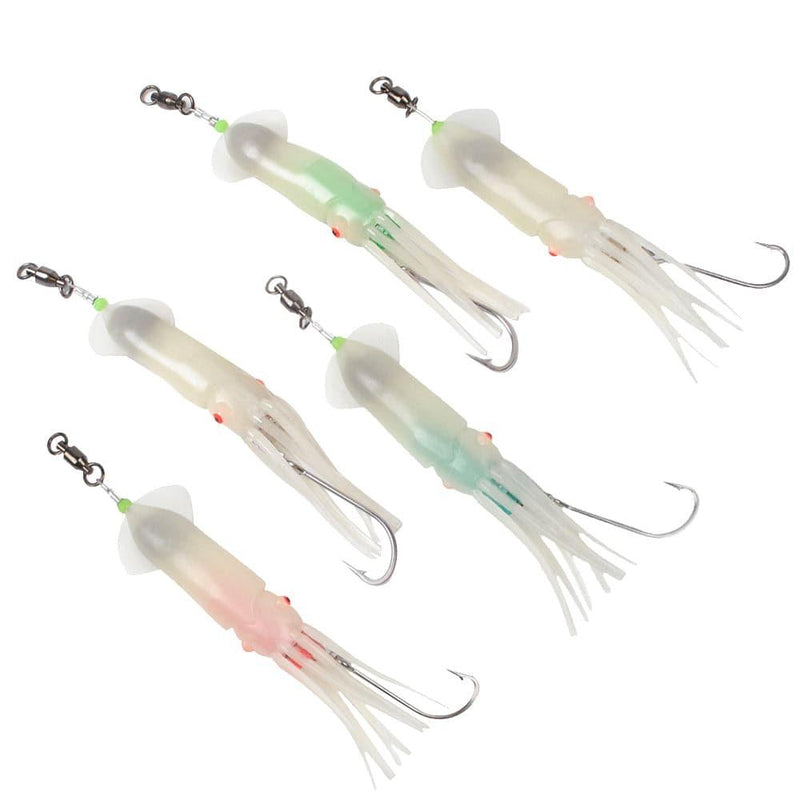How to Choose a Split Ring for Fishing
Introduction
Split rings may be small, but they are vital in any fishing setup. They securely link lures, hooks, and leaders, making it easy to swap components without weakening your line. Typically made from corrosion-resistant stainless steel or brass, split rings keep your tackle reliable in both freshwater and saltwater environments. Knowing how to choose and use them properly can make your fishing trips smoother, more efficient, and more enjoyable.
What Are Split Rings?
Split rings are tiny, circular metal loops, often crafted from stainless steel or nickel-plated wire. Their purpose is simple yet essential: connecting different parts of your fishing gear, such as hooks, lures, leaders, and swivels. The double-loop design allows you to slide a hook or lure eye onto the ring, which locks securely in place. Think of them as a key ring for your fishing tackle.
Common Uses of Split Rings in Fishing Setups:
- Attach hooks or swivels to lures like crankbaits and jigs
- Swap or replace lures and hooks quickly
- Strengthen lure-hook-line connections
- Allow smooth lure and hook movement in water
Although they may seem unassuming, split rings play a critical role. They prevent line slippage and ensure your gear performs reliably on every cast.
Sizes and Shapes of Split Rings

Split rings come in various sizes, measured by diameter—either internal or external. Typical fishing split rings range from 3mm to 20mm. Smaller rings are perfect for light tackle, while larger rings handle heavy-duty saltwater fishing.

Each size also has a rated breaking strength, indicating how much pressure it can withstand before deforming. For instance, a 5mm ring may support around 20 lb, whereas a 12mm ring can handle 200 lb or more, depending on the material.
Wire thickness grows with size: thicker wire increases strength but reduces flexibility. Choosing the right size ensures secure hook connections and smooth lure movement in the water.
Common Shapes:
- Round Split Rings: Standard choice for most lure attachments
- Oval Split Rings: Minimize line twist and align better with lure eyes
- Flat Split Rings: Extra strength with a low-profile design
Always match the ring’s strength to your target species. For saltwater fishing, stainless steel is highly recommended.
How Split Rings Are Made and Designed

Quality matters when it comes to fishing split rings. Here’s how they’re typically made:
- Material Selection: Manufacturers use strong, corrosion-resistant wire, often stainless steel or titanium.
- Forming: The wire is tightly coiled and overlapped to create the signature split.
- Cutting and Polishing: Each ring is cut and smoothed to remove sharp edges that could damage lines or lure eyes.
- Finishing: Coatings like nickel, black nickel, or titanium oxide prevent rust and ensure smooth performance.
Key Design Features:
- Wire Diameter: Balances strength and flexibility
- Coil Tension: Determines how easily the ring opens with pliers
- Finish: Prevents corrosion and ensures smooth lure action
High-quality split rings retain their shape even after multiple hook changes, offering long-term reliability.
How to Use Split Rings Correctly

Attaching split rings may seem straightforward, but doing it correctly ensures a strong, lasting connection between your lure and hook. Follow these steps:
- Select the Right Tool: You can open a split ring by hand, but split ring pliers make the task easier and safer.
- Open the Split Ring: Grip the ring at its gap with pliers and gently twist to separate the coils just enough to insert the lure or hook eye. Avoid overstretching.
- Attach the Lure or Hook: Slide the hook or lure eye into the opening and rotate it around the ring until fully seated.
- Secure and Inspect: Release the pliers, letting the ring return to its original shape. Ensure it’s fully closed with no visible gap, and check that the lure moves freely.
Proper use prevents mid-cast failures and keeps your tackle performing smoothly. Always keep split ring pliers handy for quick and safe hook changes.
Split Rings vs Solid Rings — What’s the Difference?
Split rings and solid rings are both essential, but they serve different purposes. Knowing their differences helps you pick the right hardware for strength, flexibility, and performance.
| Feature | Split Rings | Solid Rings |
|---|---|---|
| Structure | Open, coiled loop with overlapping ends | Fully closed, welded metal loop |
| Flexibility | Allows quick hook or lure changes | Fixed connection, no adjustments |
| Strength | Slightly lower due to open design | Higher tensile strength |
| Common Use | Ideal for attaching lures or hooks | Perfect for leader or jigging setups |
| Maintenance | Easy to replace without cutting the line | Requires cutting and retying |
In short:
- Use split rings when you need flexible, changeable connections.
- Use solid rings when maximum strength is required.
Many anglers combine both—using a solid ring to connect the leader and a split ring to attach the lure—for a versatile, strong rig suited to various fishing conditions.
Key Benefits of Using Split Rings
- Quick Lure Changes: Swap lures instantly without retying knots.
- Enhanced Lure Action: Adds subtle flexibility, letting lures swim naturally.
- Reliable Strength: Keeps hooks and lures attached during tough fights.
- Corrosion Resistance: Marine-grade stainless steel resists rust in saltwater.
- Affordable Upgrade: A small investment that lasts for years.
- Versatile Across Rigs: Works with crankbaits, spoons, topwater lures, and jigging setups.
- Easy Maintenance: Replace old rings anytime without cutting or retying lines.
Conclusion
Split rings are a small yet crucial component for any angler. They ensure hooks, lures, and lines stay connected, even under pressure. With their durable, rust-resistant design, they keep your tackle performing smoothly, cast after cast. Whether you’re replacing old hardware or optimizing your favorite rig, quality split rings make fishing easier, more reliable, and more enjoyable.







0 comments